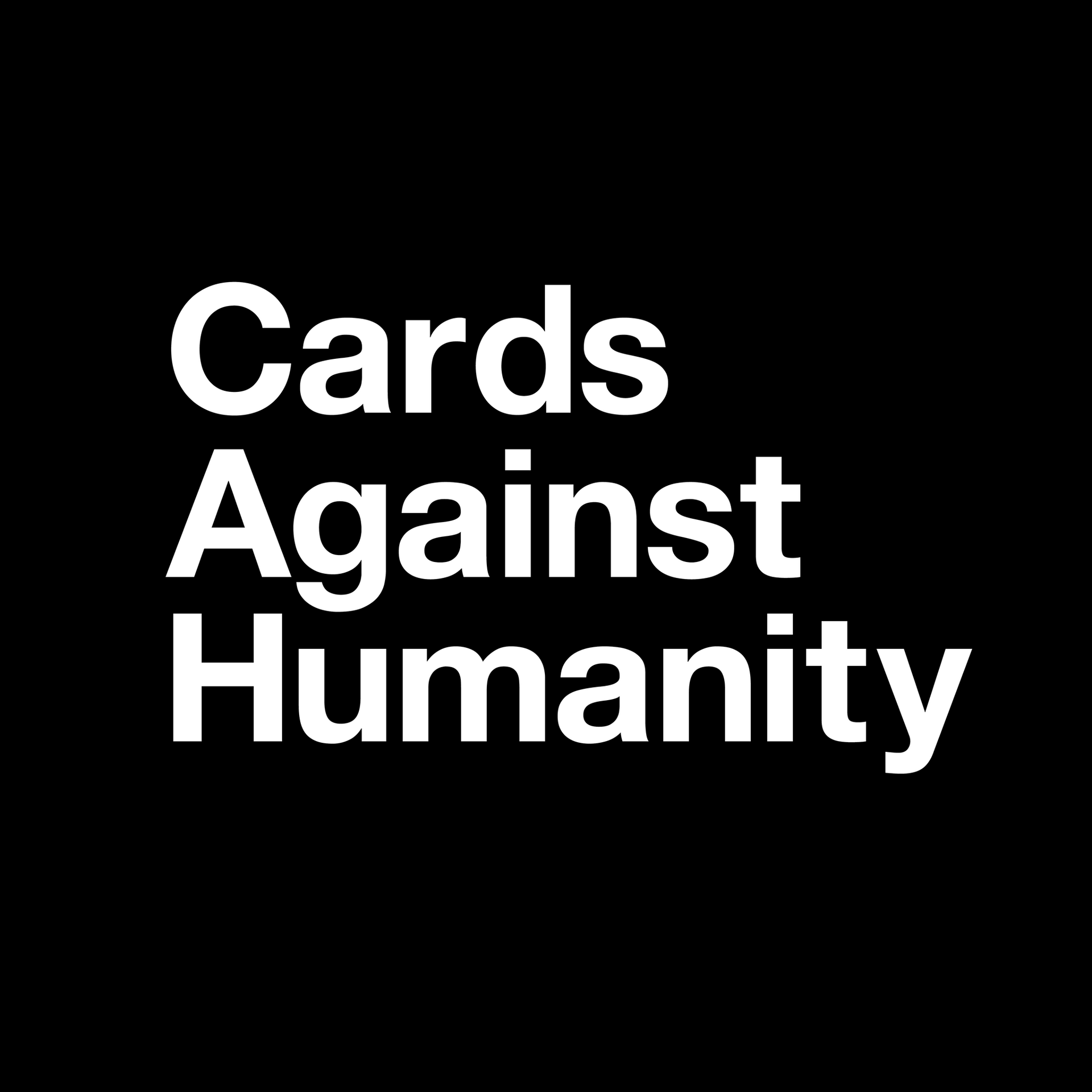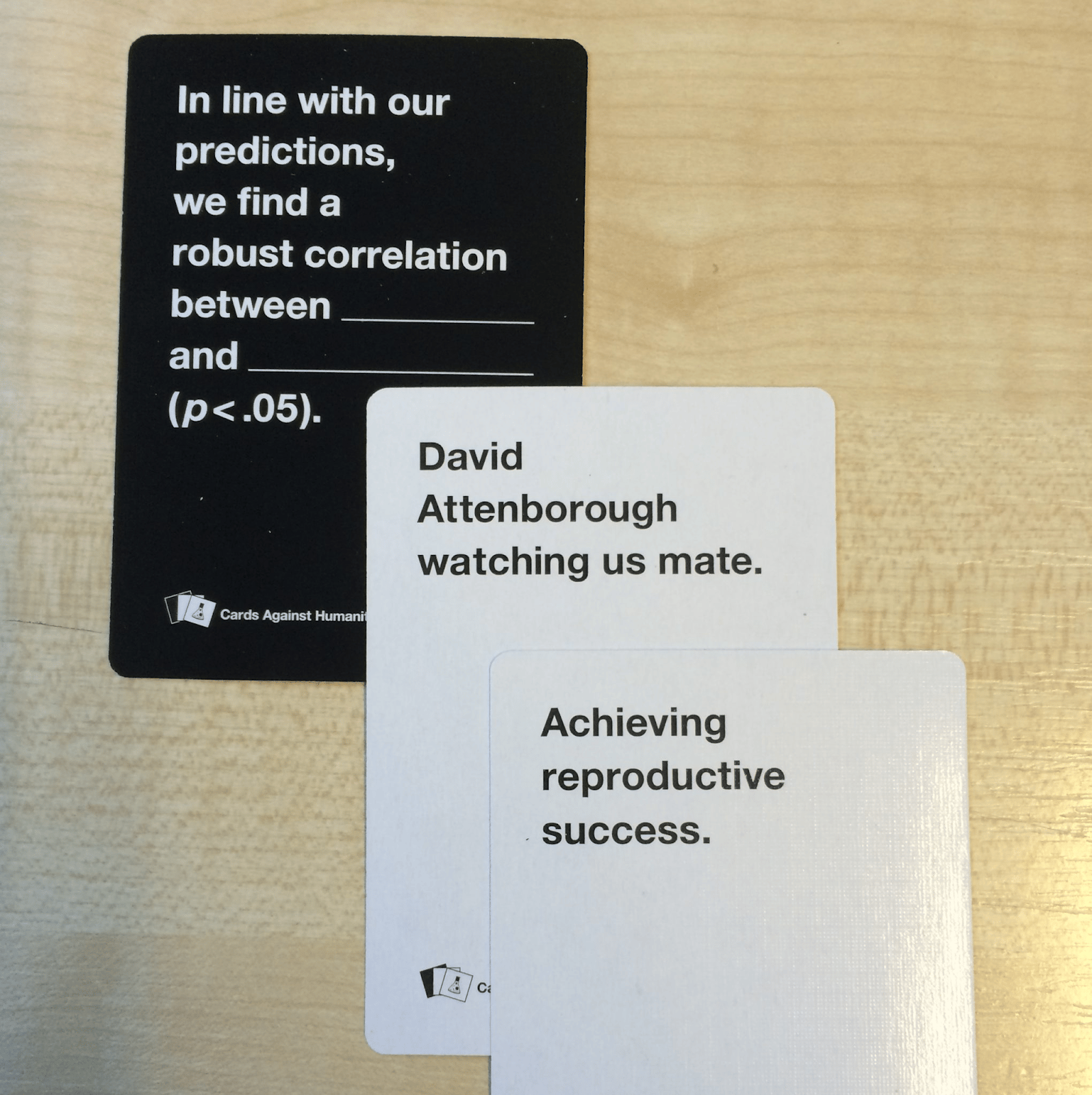- Marketer Gems
- Posts
- Cards Against Humanity Marketing Strategy: When Selling Nothing Sells Everything
Cards Against Humanity Marketing Strategy: When Selling Nothing Sells Everything
How a party game company built an empire by selling bullshit and nothing
Howdy, marketer!
In 2016, many Americans opened their wallets and accumulated $100,000+ for a company to dig a hole.
Not a hole for a building, or a well, or some noble environmental cause. Just a big, stupid, meaningless hole in the ground.
People watched excavators move dirt. They donated more money to keep the digging going.
This was a part of the Black Friday campaign of Cards Against Humanity.
And when it was finally over, they had proven something that marketing textbooks will never teach you: sometimes the best way to sell is to actively not sell.
The company was literally digging itself into the ground. And people loved them for it.
Today's Treasure Trove
advertisement
See the ROI Before You Spend a Dollar
Every marketer asks the same question: what if we shifted budget from one channel to another?
Arima gives you the answers before you spend a dollar. With scenario planning powered by synthetic data and advanced marketing mix modeling, you can explore shifts like moving 30% of your Meta budget into TikTok, YouTube, TV, or anywhere your audience is.
Measure lift, ROI, and reach across channels instantly.
No more guessing. No more waiting for campaign wrap-ups. Just clear, actionable guidance for your next big move.
About Cards Against Humanity
Cards Against Humanity is a social card game where participants complete fill-in-the-blank prompts from black cards by selecting responses from their hand of white cards, which feature provocative, irreverent, and sometimes controversial content.
It calls itself “a party game for horrible people," which tells you everything about their positioning and nothing at the same time.
Started by a group of friends from Chicago, Cards Against Humanity entered a market dominated by family-friendly entertainment and turned it sideways.
The game itself is Apples to Apples with a dark sense of humor.
Who Actually Plays This Game?
The target demographic is deceptively simple: adults who want to feel like they're breaking rules at a dinner party. But dig deeper and you find something more interesting.
They're educated, predominantly millennials and Gen Z, with enough disposable income to spend money on entertainment that makes them laugh uncomfortably.
The positioning is genius because it's anti-positioning. Cards Against Humanity doesn't try to be for everyone.
They actively don't want to be for everyone. Their campaigns confuse you.
Their entire brand strategy seems designed to make half the population deeply uncomfortable. And that's exactly why it works for the other half.
The Anti-Marketing Black Friday Campaigns
Cards Against Humanity refused to invest in traditional marketing channels and instead focused on creating engaging, shareable content that resonated with their audience.
Their Black Friday campaigns have become legendary.
In 2013 they had an “anti-sale” where they raised the price of their game by $5 for Black Friday only. People bought it anyway. Actually, they bought more of it.
Then there was 2014 where they sold 30,000 boxes of literal bull excrement at $6 each. That's $180,000 in revenue for selling packaged shit to people who knew exactly what they were buying.
In 2015, they offered "$5 for nothing" and 11,248 customers spent $71,145 on absolutely nothing. The company divided the money equally among team members and asked them to report back on what they spent it on. It seems to have been available before, to see what everyone spent it on here, but not anymore :/
What makes these campaigns brilliant isn't just their absurdity. It's that they force people to confront their own relationship with consumption.
When you take part in this absurdity, you're in on the joke. And being in on the joke with a brand is infinitely more powerful than being sold to by one.
The Strategy Behind the Chaos
Every Cards Against Humanity stunt follows a pattern: take something people expect from brands and do the exact opposite.
Because these stunts are so outrageous and even polarizing, Cards Against Humanity regularly generates press and word-of-mouth marketing, giving the brand exposure without investing in traditional marketing campaigns.
The earned media value from their stunts dwarfs what they'd get from buying ads. News outlets cover them because the story writes itself.
Social media shares the content because it's genuinely interesting.
And every single campaign reinforces their brand identity: we're not like other companies, and we think consumerism is kind of ridiculous.
There's something deeper here too. Behind the layers of dark humor, Cards Against Humanity has demonstrated a strong commitment to social responsibility, launching charitable campaigns.
For instance, they launched the "Science Pack" where they donate proceeds to the Science Ambassador Scholarship.
In 2014, the company purchased an island on Maine's St. George Lake and donated a part of it to the Sunlight Foundation.
They use their platform for satire that has a point, not just shock value without substance.
The Cultural Moment
Cards Against Humanity works because they understood before most brands that consumers are tired. Tired of being manipulated, tired of being segmented, tired of brands pretending to be their friends.
The company gives people permission to be cynical about consumption while still participating in it. They're not above capitalism; they're openly performing within it while winking at the audience.
Their success represents a shift in how younger consumers relate to brands. They want brands to acknowledge the transaction for what it is and find ways to make that transaction interesting, entertaining, or meaningful beyond the exchange of money for goods.
The risk is that this approach can't be replicated. It works for Cards Against Humanity because it emerged organically from their brand identity. A legacy company trying these tactics would feel desperate. A new startup doing it would feel try-hard.
The magic is that Cards Against Humanity seems to genuinely believe that consumer culture is absurd, and they've built a business around that belief without compromising it.
Wrap Up
What Cards Against Humanity has done is create a new category of marketing that exists in the space between sincerity and irony.
They're neither earnest nor cynically ironic.
They occupy this third space where the joke is on everyone, including themselves, and the point is that we're all in it together.
And maybe that's the real trick. They haven't stopped selling. They've just made people forget that's what's happening.
And somewhere in Chicago, a team of people who started by making a party game for horrible people have figured out how to make horrible people love giving them money for absolutely nothing at all.
✌️,
Tom from Marketer Gems





